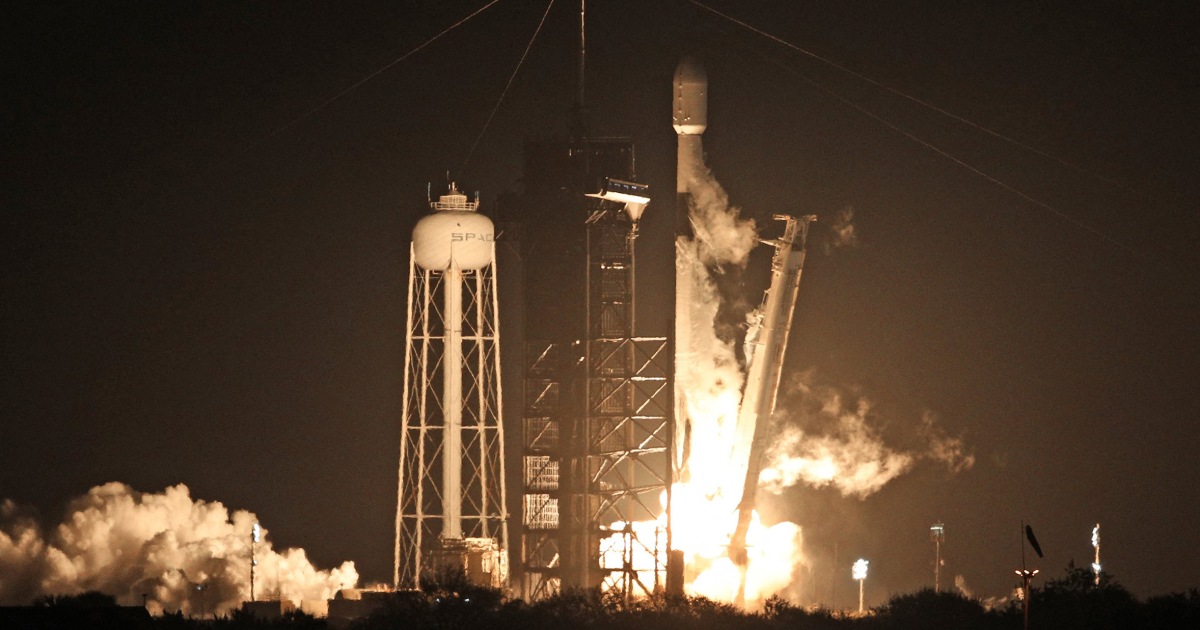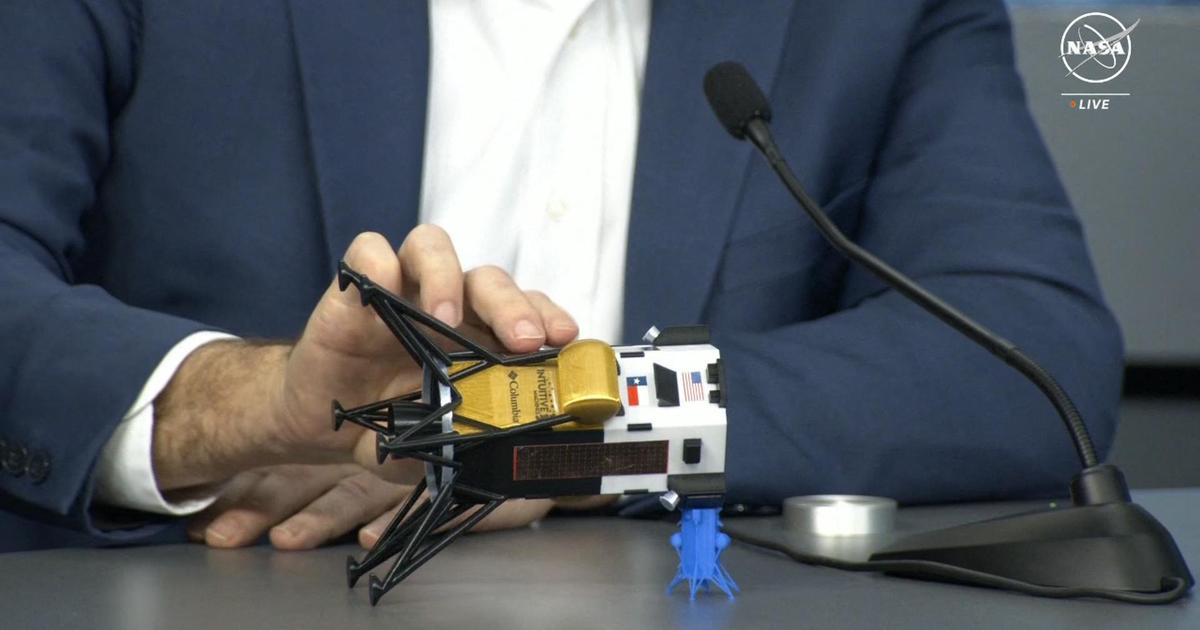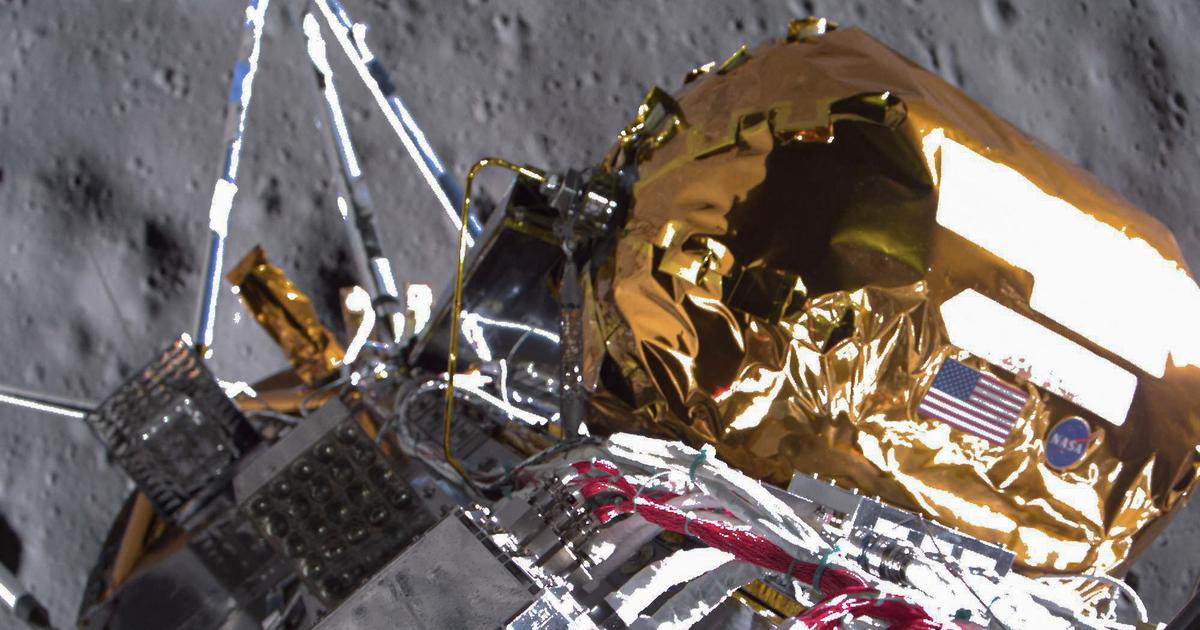NASA assured Monday that it was still banking on the return of American astronauts to the Moon in 2024, publishing an estimate of the funding required to meet the schedule: $ 28 billion over the next five years, including $ 16 billion for the moon landing.
Congress, which will be renewed in the general election on November 3, will have to agree to fund these amounts for what is a priority set by President Donald Trump.
The 28 billion covers the budget years 2021-2025.
If Congress votes the first 3.2 billion for the
moon landing
by Christmas,
"we will still be in nails for a moon landing in 2024,"
NASA administrator Jim Bridenstine said Monday in a conference call with journalists after releasing an updated plan for the return to the moon program, Artemis.
But as he often repeats, NASA knows how to manage technical risks, but
“political risks”
are often the most dangerous for the space agency, a fortiori after a presidential election.
Thus Barack Obama canceled the Constellation Mars exploration program, after spending billions of dollars under his predecessor.
Read also: A woman on the Moon in 2024: after Apollo, NASA baptizes its program Artemis
The objective remains to land at the South Pole of the Moon.
"This is where we will go,"
he insisted, ruling out a return to the old Apollo landing sites at the equator between 1969 and 1972. Three projects are in competition for this vehicle. moon landing, aboard which two astronauts, including a woman, will descend from their Orion spacecraft to the ground of the Moon.
The former is developed by Blue Origin, founded by Amazon boss Jeff Bezos, in partnership with Lockheed Martin, Northrop Grumman and Draper.
The other two projects are being developed by SpaceX, founded by Elon Musk, and by the company Dynetics.
A first selection will take place in early 2021, according to NASA.
The first flight, Artemis 1, scheduled for November 2021, will take place without an astronaut on board: the new giant SLS rocket, currently in the testing phase, will take off for the first time, with the Orion capsule at its top.
Artemis 2, in 2023, will send astronauts around the moon, but they will not land.
Finally Artemis 3 will be the equivalent of Apollo 11 in 1969. But the lunar stay will last longer, a week, punctuated by two to five
"extravehicular activities"
- outings outside.
“Scientific activities will be very different from what we have done before.
During the Apollo years, the moon was thought to be completely dry, ”
said Jim Bridenstine.
“Today we know that there is a lot of water ice at the South Pole”
.
Read also: From the Earth to the Moon - The great story of the conquest of space









/cloudfront-eu-central-1.images.arcpublishing.com/prisa/DIAGMBIFCBFTJADD5SB7GXXY2A.jpg)


/cloudfront-eu-central-1.images.arcpublishing.com/prisa/7FWSL2MJ4FD5TOM366ZNU2RLTU.jpg)

